Why You Should Plan Your Japan Trip Backwards
15 do’s and don’ts for smarter planning and epic adventures
Special announcement
I just released my new e-book, Japan Out There: Kansai Edition.
It’s kind of an anti-guidebook.
Find out more below. ⬇️
Planning an incredible trip to Japan will definitely take you some time, but it doesn't have to be difficult. This month I'm going to share with you some do's and don'ts to help you craft the perfect itinerary. Even if your travel style isn't quite like everyone else's, I hope you can find some useful tips below.
Start at the end of your trip
It may sound odd, but once I know the dates for any trip, I've found that building the itinerary backwards makes things so much easier. This is especially true if you're planning a multi-destination adventure. It works is because journey times are a mystery until you check them. Planning from the end of the trip backwards means you build in a sensible journey back to the airport, rather than a mad dash. And once you start adding destinations, you soon find out how realistic visiting 10 cities in a week actually is.
Place your priorities
You might have a long list of places you want to visit, and things you want to do in Japan. But if I asked you to rank them, I bet you'd only mark one or two of them as important. It seems obvious, but you should make plans for these spots right from the start. A common pitfall is to cram in lots of less important visits and activities just because you want to make the most of your time. If you do this, there's a risk that your priorities get lost in the noise. Don't focus on doing lots - focus on doing the important things.
Write off the first day
Whether you're dealing with jet lag, overwhelm, or simply a delayed arrival, planning an easy first day in Japan works wonders for your stress levels. Just set a goal of "reach the hotel" for day one. But even if you're happy hitting the "go" button as soon as you land, it might be best to avoid making reservations or booking timed tickets. You never know what delays you might hit going through the airport.
Stay near a hub station
Whether you're exploring the city, or you're doing daytrips out of a base hotel, it helps to find a place close to the station to sleep. If you get back late, you don't need to walk far before you can get to bed. But it also makes sense to choose one near a major "hub" station, where multiple lines meet.
For example, if you stay in the Nijo area of Kyoto, you can easily access Arashiyama by JR, or eastern spots via the Tozai Line on the subway. In Osaka, Tennoji is great, since it hooks up to the Loop Line, multiple subway lines, JR's line to Nara, plus the line south to Kansai Airport, Wakayama, and beyond. This means that getting to various attractions is simplified, especially if your brain hasn't quite woken up yet. Plus, because these are hub stations, lots of people get off trains - leaving plenty of empty seats up for grabs for people like you.
Maxing out movement with less stress
If you're using a national JR Pass, or even one of the regional passes that cover a large area, you might want to use it extensively to get your money's worth. You might also have a lot of attractions you want to visit, but there are only so many hours in a day.
If this sounds like you, try this approach. Travel to your next destination in the evening, so you maximise the daylight time the next day. Trains, especially Shinkansen and Limited Expresses, tend to be quieter after 7pm. Grab some dinner before you board, and kick back on the way to the next city. Remember, most Shinkansen and many other trains have wifi now. I always find travelling after dinner is much more relaxing than travelling in the morning, and there's no better way to start a day of sightseeing than arriving before opening time.
Reserve days for random adventures
Even if you're the best planner in the world, once you get to Japan, you will start picking up new recommendations and ideas about where you want to go. Fortunately, Japan's transport system makes getting to many places very easy, so keep one or two days free on the itinerary for exploring these spots. It'll make your trip so much more exciting!
Think about where you are on the trip
No, I don't mean your physical location, but rather how far along you are on your itinerary. Fatigue often starts to accumulate after a week or so of travel, so don't be surprised if you start nodding off on the bullet train. It's a good idea to use the 2-1 rule when planning - meaning, have two busy days, followed by one slower, "recovery" day.
Where's my lunch?
Whenever I see packed itineraries, with 6-7 hour Shinkansen journeys, my first question is usually, "what are you doing about lunch or dinner?" Sadly, the buffet car on the Shinkansen is long gone (yes, that was a thing), and not all trains have an at-seat trolley service any more. So you'll need to plan ahead by bringing some food on board. A lunchbox known as a bento is a popular choice. Otherwise, you could get something to eat inside a station along the way, perhaps when you need to change trains. This could be at a sit-down restaurant or cafe inside the ticket gates, or at a stand-up noodle eatery on the platform.
Prepare for disappointment
Not everywhere is as amazing as it might look on YouTube or Instagram. Reviews can be misleading, and unjustified hype is all over the place. I've been to plenty of places where "positively underwhelming" would be my verdict - but unfortunately, I had to go to find out. I've found the best way of dealing with this is to have a back up plan ready to go, especially if you have a sneaking suspicion disappointment might be on the cards. Second, if you don't like a place, leave immediately. Don't waste any time - get away to the next attraction as soon as possible.
Only one day in Kyoto
This is the most common cardinal sin of all visitors to Japan. They spend six days in Tokyo, and ONE DAY in Kyoto. This is a crime against common sense. Of course, Tokyo (the city) has lots of World Heritage Sites. Oh sorry, what’s that? It only has ONE? And it's not the street go-karting in Mario costumes experience? On the other hand, Kyoto has SEVENTEEN World Heritage Spots. SEVENTEEN. So spend those six days in Kyoto, and give Tokyo one day instead. That's all it deserves.
Whiplash
Just because you have a pass that allows unlimited rides on the trains, doesn't mean you need to give yourself whiplash by cavorting excessively around the country. I've seen plenty of trip plans where people go up, down, back up again, just like one of those annoying boy band dance routines, often for no reason other than they can. If you arrange your movements to follow a straight line or a loop, you'll find it vastly more time-efficient.
Cramming
Filling your itinerary to the brim can seem like the best use of your time and money, except for those occasions where you really want to savour the location. There are plenty of places where rushing through really will not do. In Hiroshima, the Atomic Bomb Museum almost requires a slow visit. And with Miyajima, the famous island with the gate in the sea, it really is most insulting to only allocate half a day. But yes, day-trippers to Hiroshima like to do that, and then miss out on enjoying the experience. "At any given spot, spend double the time other people recommend" is good advice I heard recently, and with this example, I think it's spot on.
All day to get there
This is a variation on the whiplash problem because when you try to cover places all across the country, you're going to spend a long time on the Shinkansen. That's great if you love trains, but flying is often much quicker and cheaper. If you're still going to take the train, try splitting the journey by adding a stop and seeing something there. For example, if you're travelling between Tokyo and Sapporo, why not stop off at Hiraizumi or Yamadera on the way up north?
Beware the weekend (and national holidays)
So when you think of transport in Japan you probably have an image of crammed commuter trains. But what about on Saturday or Sunday mornings? Well, if you're anything like me, you'd expect travel at those times to be much more relaxing, because everybody's still in bed, right? Well no, not quite, not even close actually.
This being Japan, people love to get up at the crack of dawn to go places, even at the weekend. The Shinkansen can get extremely busy, especially early on Saturday mornings. (Then there are the national holidays when things can get crazy busy.) So if you're going to a super hotdog tourist hotspot with box office visitor numbers like Arashiyama in Kyoto, Hakone near Tokyo, or Ghibli Park near Nagoya, don't be a silly sausage and go at the weekend! Visit on a weekday, and have fun without the monstrous double helping of domestic tourists.
Thinking there are must-see places
The idea of a "must-see place" is a myth. There's no police going round checking what you saw on your trip. Who cares if you don't see the overrated, overblown, overcrowded spots overrun with overexcited tourists going completely over the top getting over-the-legal-limit of overexposed Instagram photos? Get over yourself! Grow yourself a backbone and plan your own trip. I've been to several "must-see" places where it took me ages to get there, only to find that it was about as disappointing and overhyped as the latest iPhone release.
If you’re not sure if an attraction is worth visiting, check the reviews on TripAdvisor, Google Maps, and the like. Look at the worst ratings, because these tend to give the most honest appraisal of attractions. Read between the lines and you’ll soon figure out if it’s worth seeing or not.
Get My Help
If your goal is an epic, one-of-a-kind trip in Japan, I can help.
Paid consultations are available now.
Have a Unique Adventure, the Easy Way
Attention discerning Japan travellers!
You want to have a one-of-a-kind adventure, packed with hidden gems and free from crowds, right?
I’ve got just the thing for you:
Japan Out There: Kansai Edition.
This e-book is my hand-picked selection of the greatest secret treasures from off-the-beaten path.
It covers the area around Kyoto, Osaka, Nara, and the rest of the Kansai region.
Japan Out There: Kansai Edition includes 21 incredible hidden gems across the 7 prefectures of Kyoto, Nara, Osaka, Mie, Shiga, Wakayama, and Hyogo.
It’s filled with travel tips and advice specific to visiting these places, based on my own travel experience of course!
So avoid the underwhelming, overhyped, and overrun tourist hotspots.
Instead, head straight for the astonishing, jaw-dropping, goosebump-inducing highlights.
Use the code “EARLGREY” to get 50% off - only for the first 5 people!
Trip Essentials
Everything you need in one place - get ready and support my work at the same time!
Basics: eSIM / Sim Card / Pocket Wifi / VPN / Travel Insurance
Youtube: Get ready for Japan playlist
Transport: JR Pass / Regional Passes / Shinkansen Tickets / Car rental
That’s all for this month! See ya!
Andrew
*There are some affiliate links in this email: I will earn a small commission if you buy something, and it costs you nothing. Cheers!





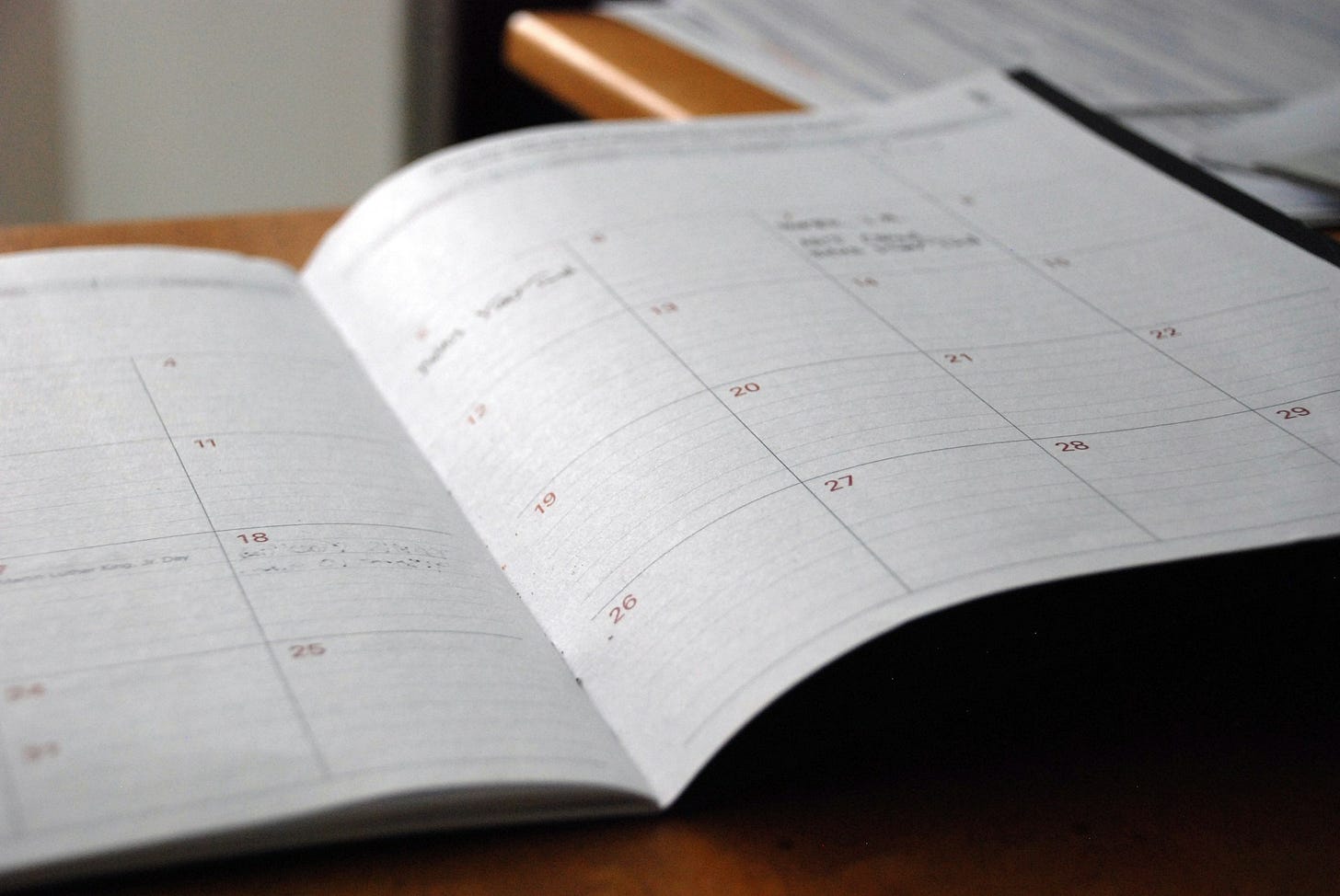
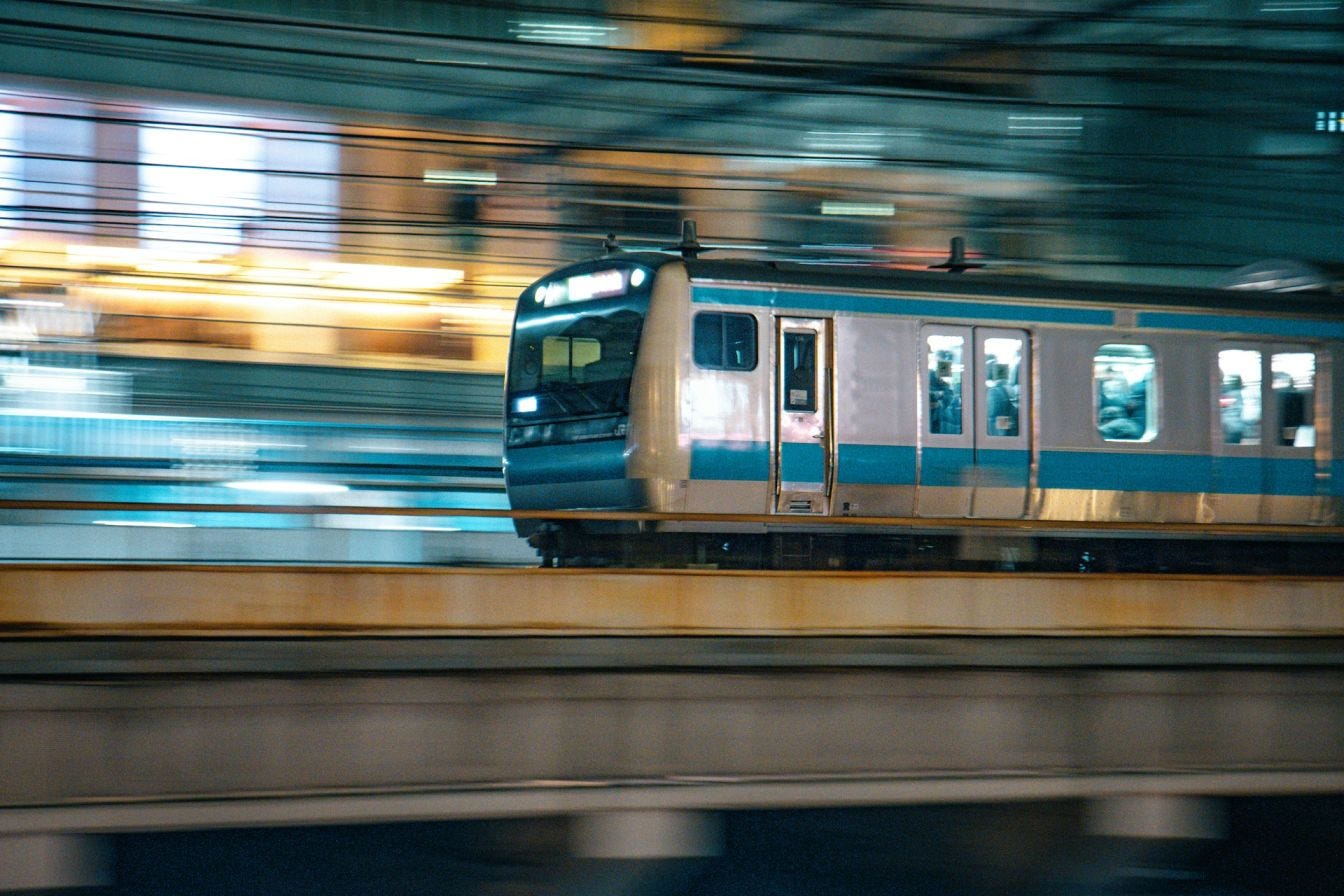
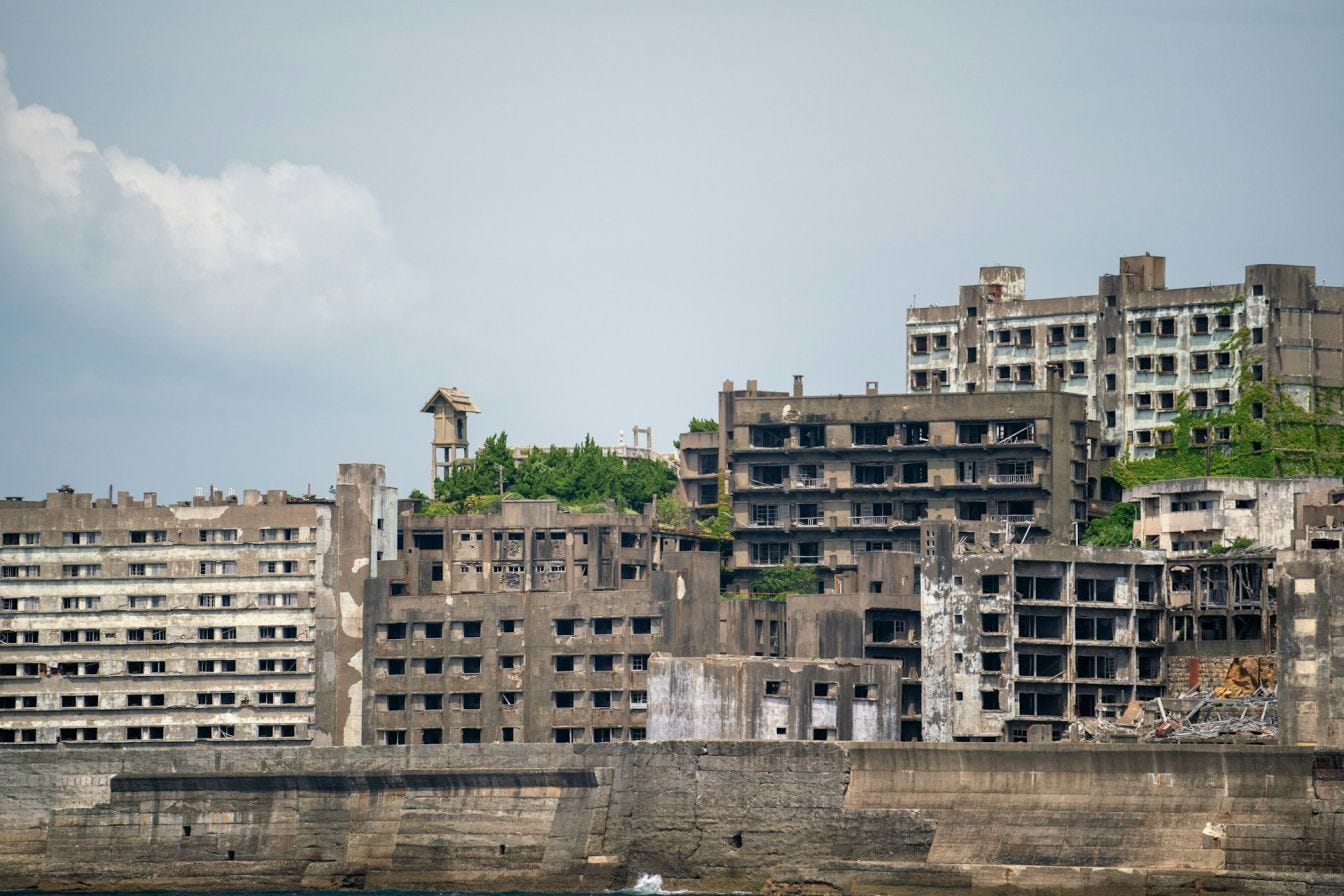
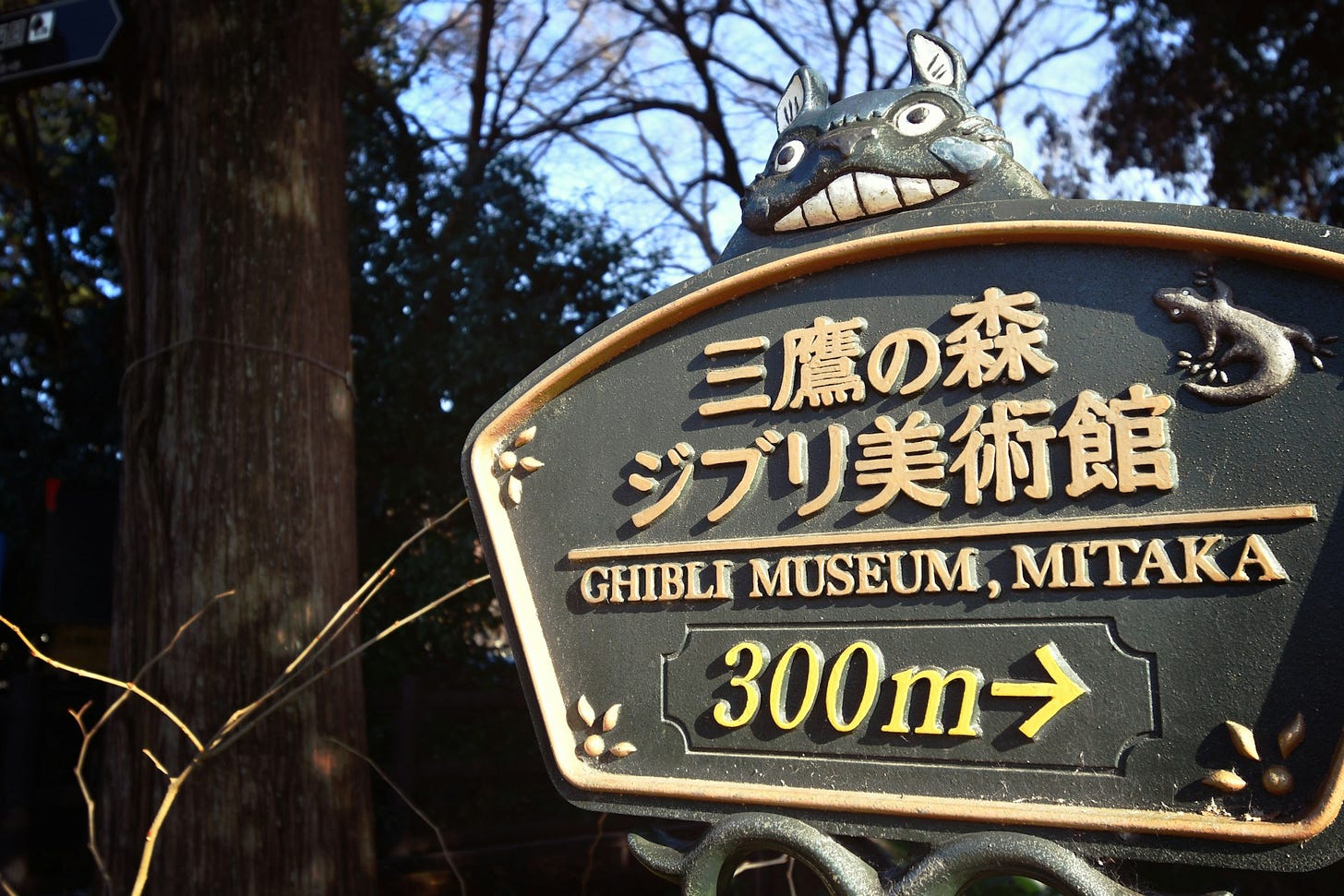
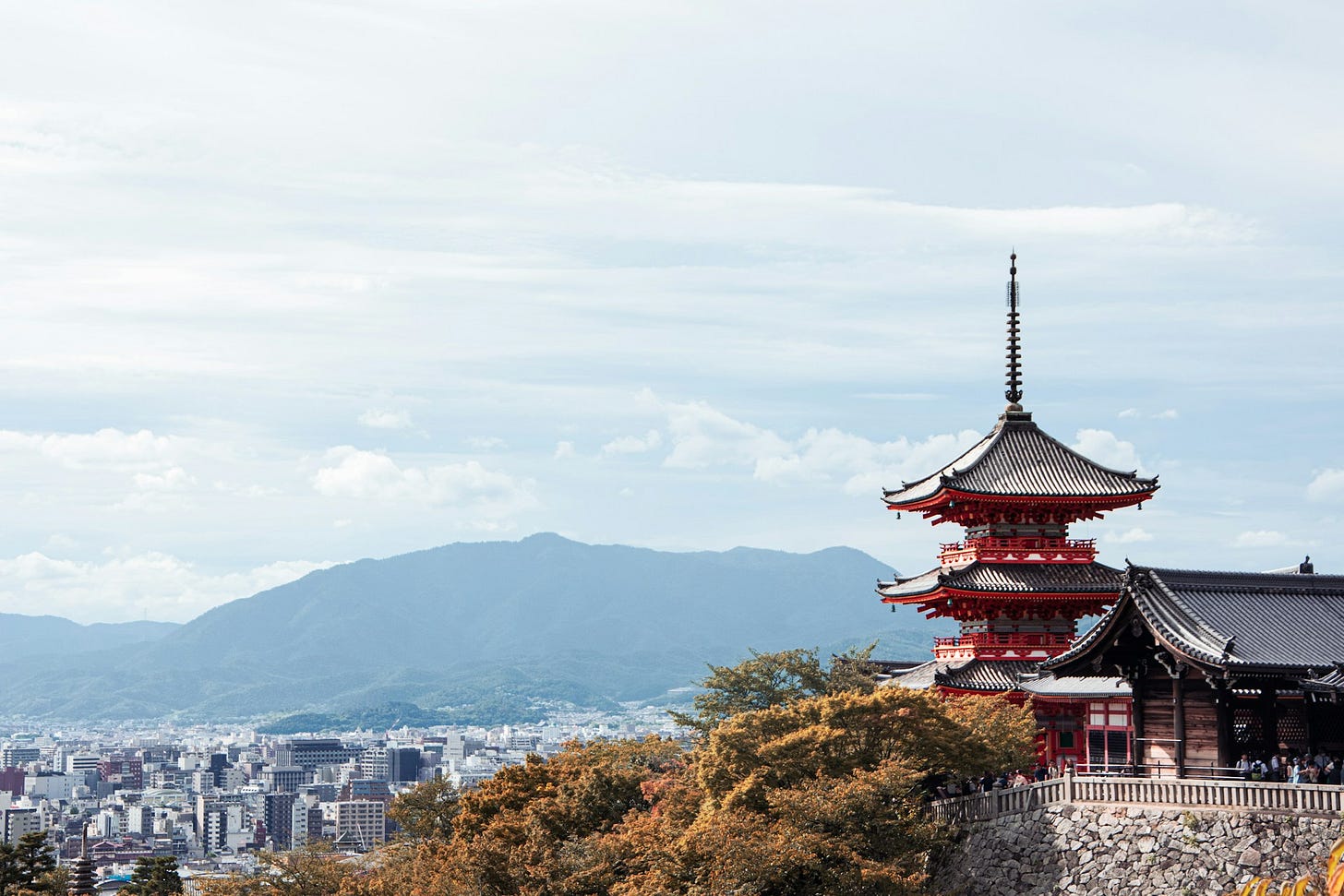
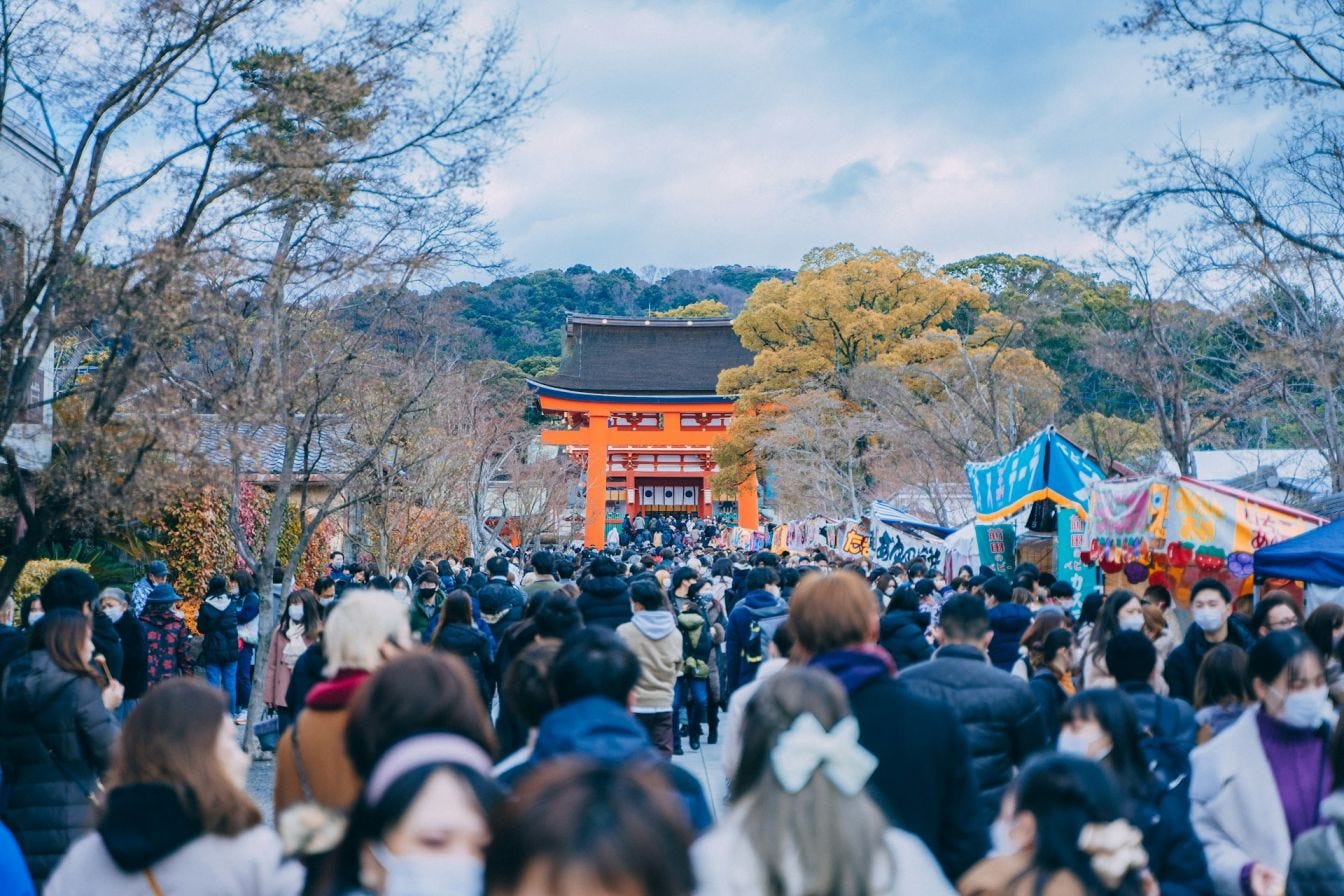
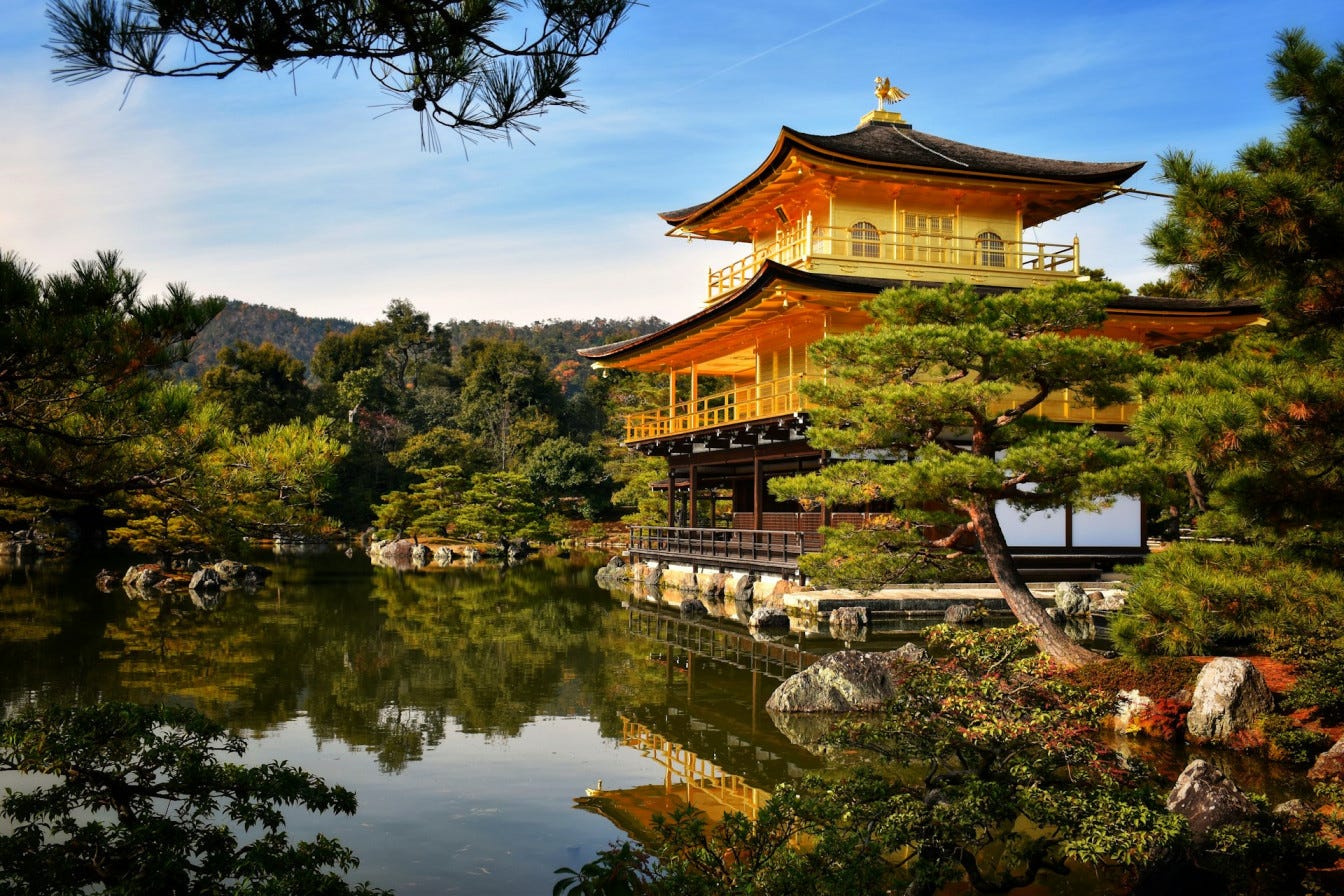


Great advice as always Andrew.
Kyoto certainly trumps Tokyo as a place to visit although like Jim we found the many parks provide an opportunity to sit and watch the world go round.
Absolutely agree that travelling at the weekend is to be avoided if at all possible.
Cant wait to go back and see different places
This is a great advice!! Thanks for sharing!